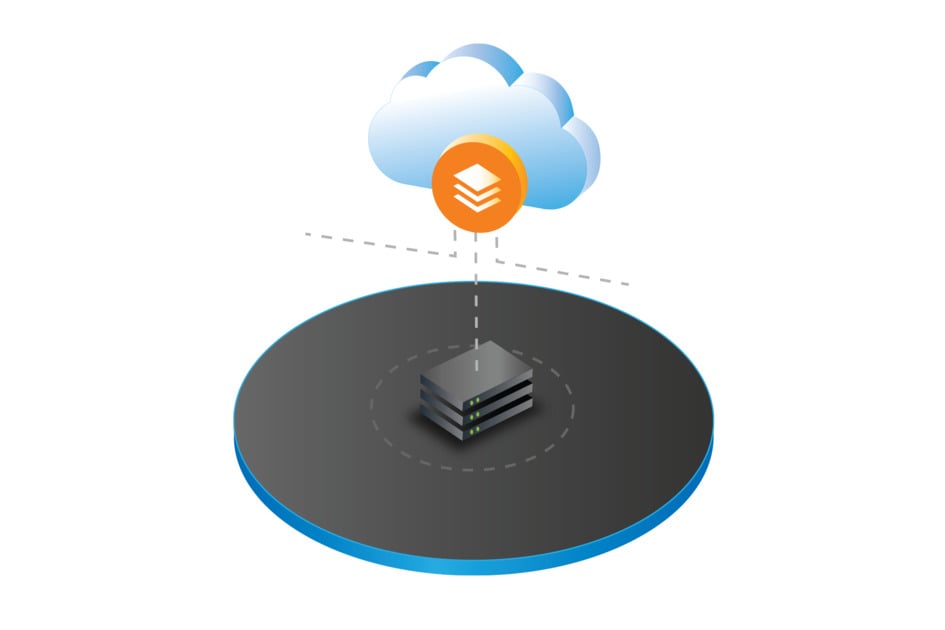The national effort to close the digital divide by expanding reliable, high-speed broadband connectivity to unserved and underserved communities—particularly rural communities—is a massive undertaking. The substantial investment and massive mobilization of private interests in partnership with government involved in rural broadband deployments in the United States really puts it in the same category with other grand national campaigns like the development of the interstate highway system and the moon landing.
Rural broadband is an important public good because it remedies a de facto disenfranchisement that exists in unconnected communities. Broadband is indeed now the fifth utility, and like electricity, gas, water and telephony, it has become central to participation in modern living. The global pandemic was a stark reminder of the penalty paid by unconnected (or insufficiently connected) populations, as work, school, medical care and shopping all became online experiences, virtually overnight. Universal broadband is also a civic right, as it empowers community involvement in matters of governance and access to public services.
While service providers have made progress in pursuit of universal broadband, significant work and investment will need to be made to achieve the goal. To continue fulfilling its greater promise in 2024 and beyond, service providers will find themselves more reliant on support from their solutions vendors to support the strategic vision of truly universal broadband connectivity. The changing landscape of funding, labor, cost and compliance makes it virtually impossible for any provider to cover every base alone.
The grand project is underway, but not without challenges
Like the highways and space program, the ongoing deployment of rural broadband is being largely funded by public monies, mostly at the federal level. Programs like RDOF and BEAD set aside tens of billions of dollars to help service providers invest in these networks; likewise, consumer-targeted programs like ACP are helping citizens take advantage of new connectivity opportunities.
Work is already underway from coast to coast as service providers and their many supporting vendors and partners bring enhanced, reliable connectivity to underserved areas, closing the digital divide one passed home at a time. Yet, even with the availability of funding, these service providers face inflationary economic conditions and an uncertain labor market. Compliance with Build America, Buy America (BABA)—the federal mandate to bolster domestic manufacturing and jobs—will largely depend on the solutions vendors that service providers choose to deliver the technology.
While they address the immediate challenges to attain their goal of building out the network, service providers must also keep one eye on the longer term. Maintaining a profitable rural network after the federal money is spent will require a thoughtful approach using innovative technologies and practices. It will fall largely to their solutions partners and other vendors to provide the right technologies to keep these networks ROI-positive.
Consider the challenges facing service providers in the near term:
- Inflationary economic conditions that raise the price of network infrastructure materials, labor and all the equipment that support them
- A shrinking skilled labor market which, in addition to cost pressures, now presents a very real risk of unavailability at any price, slowing installations and jeopardizing funding contracts
- BABA compliance, which promotes the use of materials sourced, manufactured and assembled in the United States; not all solutions providers can provide the same level of compliance, so picking the right solutions vendor is very important
On a longer time scale, other ROI challenges will emerge:
- Networks must be able to profitably flex and scale over time, as not every passed home will be immediately connected, and future growth is likely as populations slowly move away from urban centers
- Ongoing maintenance that will eat into already-tight margins once federal funding is exhausted
- Keeping up with evolving PON standards as the demand for bandwidth continues to grow exponentially in rural communities as it has in urban areas
In both the short- and longer-term timeframes, service providers will need to lean on their solutions providers to deliver technologies that install quickly and economically, with less skilled labor, as well as the future-ready architectures to flex and scale while protecting profitability.
One chance to get it right
The rural broadband challenge can be characterized as a “a once-in-a-lifetime opportunity to build networks that will have to operate for a lifetime.” This is the one chance for service providers to build something amazing for the public good and narrow the digital divide—but they’re not manufacturers, like their solutions vendors often are, and most of these challenges outlined fall to those vendors to solve.
Fortunately, I believe the industry’s momentum right now is strongly directed at creating solutions that will solve these challenges in 2024 and beyond. Here are some of the specific ways I foresee service providers leaning on their solutions vendors:
- Breadth of portfolio and depth of experience. One of the most important ways to avoid installation problems and ongoing operational expense (OpEx) burdens is to avoid cobbling together infrastructure from multiple manufacturers. Service providers will be inclined to turn to manufacturers who offer integrated solutions portfolios and have the deep experience to innovate and adapt.
- Manufacturing scale and BABA compliance. A related qualification is the capacity to produce quality infrastructure in the quantities required for sprawling rural deployments, without running afoul of BABA requirements for domestic materials and labor use. Service providers can sacrifice neither scale nor compliance; both are firmly within the purview of their solutions partners.
- Labor-reducing solutions. While neither service providers nor manufacturers can directly control the availability of skilled optical technicians in rural markets, they can work together to deploy simplified infrastructure that requires less specialized expertise to configure and install.
- Innovative designs and architectures that speed up installs and control costs. Service providers are finding that the unique challenges of rural networks call for specific architectures and innovative ways to leverage the efficiencies of those architectures through purpose-built solutions, including those that streamline permitting and address right-of-way access issues that can significantly bottleneck deployments.
- Flexible, future-ready designs that will continue to deliver ROI. Service providers will make increasing use of emerging fiber network innovations that extend reach and improve agility in scaling up to meet the changing needs of small but growing communities. When service providers identify locations where growth is anticipated—such as apartment living, planned new retail or a thriving industrial park that seems inclined to grow—they will need solutions that simplify these expansions. Accommodations for future applications and expansion should be part of the plan to minimize future upgrade or overbuild costs.
- Consideration for future PON standards. To make this once-in-a-lifetime opportunity truly last a lifetime, service providers and solutions partners will devote great attention to ensuring that the selected solutions will endure as an effective common infrastructure for decades to come. It is incumbent upon the manufacturers to demonstrate this forward-compatibility, and rest assured that service providers will be asking for it.
These are just some of the important ways that I see service providers turning to solutions vendors to solve their rural broadband challenges in 2024.
Digital equity, future-readiness and long-term ROI
The race to deploy universal broadband takes place on many levels. On one, it is a moral and civic good to ensure all citizens are connected and able to participate in the normal activities of everyday life. On another, it is a platform upon which these communities will continue to grow and prosper. And on a third, it is an opportunity for proactive service providers to establish long-term profitability even after the federal funding is expended.
One thing is certain in 2024—network demand will only increase. That’s particularly true in newly-connected communities that benefit from RDOF, BEAD and ACP support in the near term. Broadband, as the fifth utility, will continue to experience increased demand—and with the right solutions partners to support rural architectures, innovative designs and regulatory compliance, service providers will be there to fulfill this public mandate in the year ahead—and for many more years to come.
This article was first published in BroadbandTechnologyReport.
© 2024 CommScope, Inc. All rights reserved. CommScope and the CommScope logo are registered trademarks of CommScope and/or its affiliates in the U.S. and other countries. For additional trademark information see https://www.commscope.com/trademarks. All product names, trademarks and registered trademarks are property of their respective owners.








